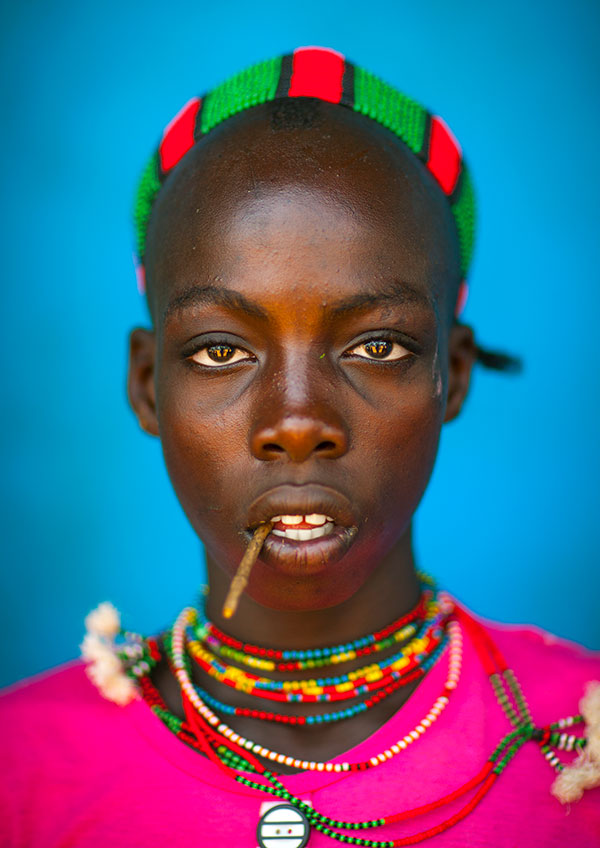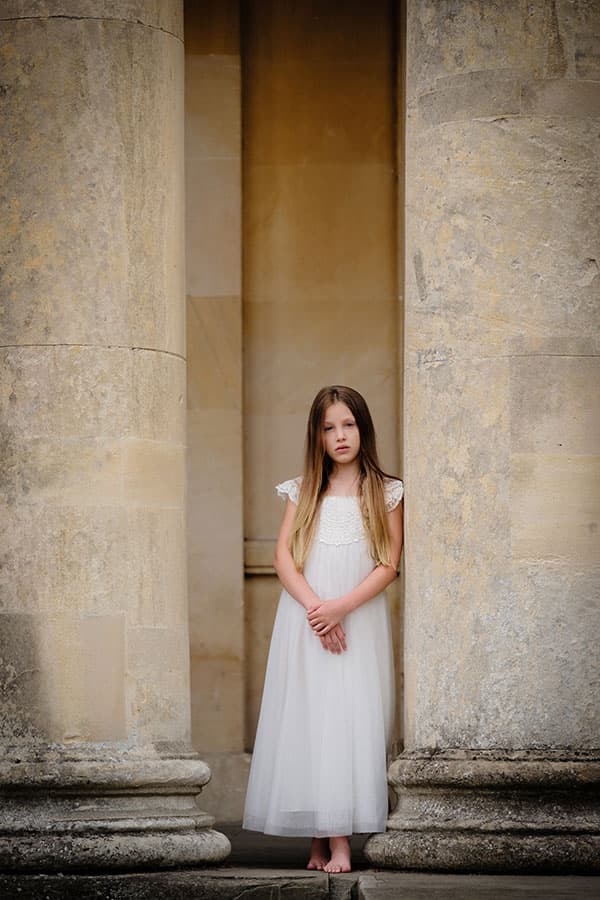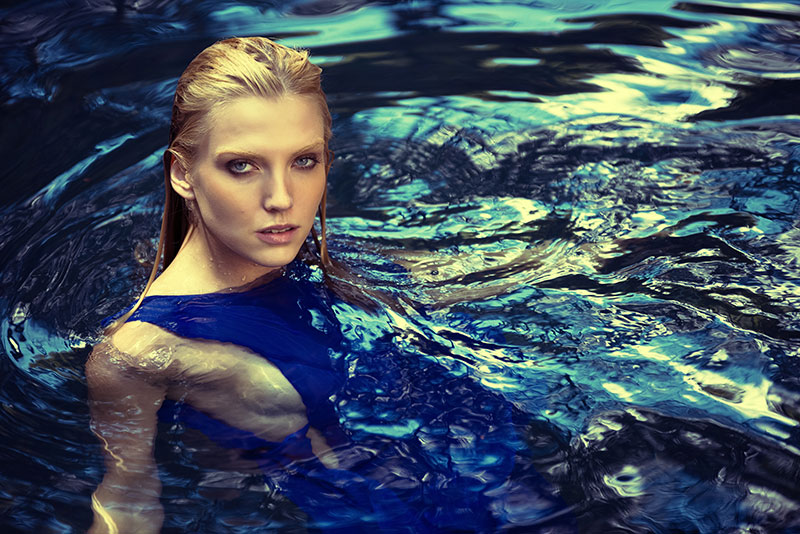
Credit: Peter Searle
Use mixed lighting
Peter Searle
To emphasise your subject, light them with a colour that is the opposite of the background. To warm up the background, for example, light your subject with a subtle blue filter. When this is neutralised in post-production, it will make the background appear warm.

Credit: Eric Lafforgue
Shoot at f/1.2
Eric Lafforgue
Don’t follow the rules. Try to shoot at f/1.2 if your lens allows it and focus on your subject’s eyes. Ask him or her to keep a suitable distance from the background to achieve an attractive blur.

Credit: Saraya Cortaville
Shoot in the morning
Saraya Cortaville
When I photograph children I advise the parents that the shoot will have a more successful outcome if taken in the morning. Not only will the children be fresh and full of energy (as would the photographer!) but the light will also be more flattering and the locations generally quieter with fewer distractions.

Credit: Sharron Goodyear
Offer a pre-shoot consultation
Sharron Goodyear
Try to build a rapport with your subjects so they feel comfortable. Before my clients arrive at the studio, I have already put them at ease with a pre-shoot consultation where I guide them through what to expect and how much fun they are going to have.

Credit: Dave Kai Piper
Keep lights above eye line
Dave Kai Piper
The height of the sun means we always see faces lit from above. As such, we are used to seeing shadows under the eyes, nose and chin. When setting up your lighting, try to replicate how natural light falls, as this is always going to give you the best chance of making an image that people can connect with.

Credit: James Paterson
Don’t worry about clipping
James Paterson
Clipped shadows or highlights mean that parts of an image will be totally white or black, and therefore completely lacking in detail. This is usually a bad thing, especially if the bright part of a sky is blown out. But photographers can be a little obsessive about detail. Differences in contrast play a very important part in composition. So if it suits the composition to have part of the frame totally white or black in order to complement the detail elsewhere, then this shouldn’t be a problem.

Credit: Trevor Yerbury
Use a strong background
Trevor and Faye Yerbury
On location we look for several things in a background: texture, solidity, distressed architecture, sand or anything else that we can place a figure in front of. For studio work we commission our own backgrounds. We design each of them ourselves. We have never understood the point of having a background that several other people might own. Our standards are high, though, so this means many are found but few are used.







